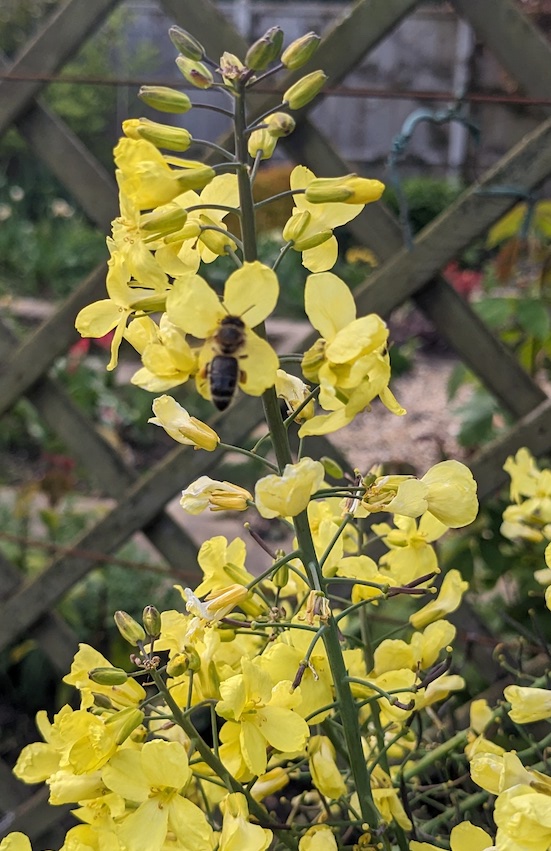I wrote about the treatment of hay fever in homeopathy back in April 2024, but mostly about self-help measures to address the symptoms. In this short blog I wish to consider deeper underlying factors.

The terms Acute and Chronic have specific meanings in Homeopathy.
Acute illnesses typically self resolve, which is to say the life force expressed through the immune system is capable of overcoming the infection in a moderate period of time.
We can all think of simple examples from the common cold, to stomach bugs, ‘flu epidemics and so on.
However, if our immunity is suppressed for whatever reason then acute infections can even kill. This may be a function of environmental factors (malnutrition for example) or simply old age.
So for acutes, you could in short say, ‘kill or cure’!
In contrast, Chronic refers to conditions where life force is unable to restore the natural equilibrium towards a state of health harmony. Compromise is necessary and over time the chronic disease pattern will decline in function.
In aphorism §72 of The Organon of Medicine Dr Samuel Hahnemann (1755-1843) defines this dual nature of disease. His written style – even in translation – is a little convoluted. But worthy of a read (it is quite short) nonetheless.
Many conditions have both Chronic and Acute aspects. Homeopaths speak of the “acute of the chronic”. Stiff joints during damp weather in someone with arthritis might be an example.
The allergic response to high pollen levels is another good example of an acute flare-up of underlying chronic complaint. The trigger – of course – is the acute is the allergic reaction to high pollen count.
But what is the is this underlying chronic condition, you might ask?
After deep study of many cases, Hahnemann’s view was that there was a inherited disposition stemming from the long term consequences of past epidemic diseases.
These he called Miasms about which I have written before.
Since his time other epidemic diseases such as Tuberculosis have left their mark on the constitution of humanity.
Here we are not talking about the active disease form which today is typically treated with anti-bacterial agents (TB is still around), but a genetic taint which finds expression in general health.
A few months back I also wrote a blog on the TB Miasm. It is predominantly this Miasm that sits at the base of Hay Fever.
I have been told that Hahnemann’s case notes (from the late 18th to early 19th century) show little mention of hay fever (allergic rhinitis).
Whilst it is true that tuberculosis has existed for many centuries, it only reached epidemic proportions during the later part 19th century and the pre-antibiotic era of the 20th century. (Antibiotics are a post WW2 therapy).
Thus, it is the long term influence of this epidemic we see today.
Other lifestyle factors likely have a part to play. For one, we are mostly town and city dwellers, and not agrarians. Countryside dwellers suffer less.
In my earlier blog, I focused on specific homeopathic remedies that can help with the acute symptoms that appear during the pollen season, though I did mention the importance of consitutional treatment also.
And it is the constitutional treatment that will over several seasons make the longer term difference.
Ideally, the constitutional treatment is during the winter months when the acute symptoms are less troublesome because the allergen levels are low.
Most hay fever sufferers take anti-histamines of some sort (Cetirizine, Piriteze etc.). It is not appropriate to abandon these and suffer. The goal is to gradually strengthen the consititution and see if it is possible to gradually reduce reliance on medications.
Homeopathy is individualised medicine – not one size fits all. So unfortunately there is an element of experimentation to see what works best. It takes time, which is challenging in an impatient world.
To get a deeper understanding of your case an in-depth consultation is suggested and if you would care to discuss this further please book a free 30 minute discovery call from my website.